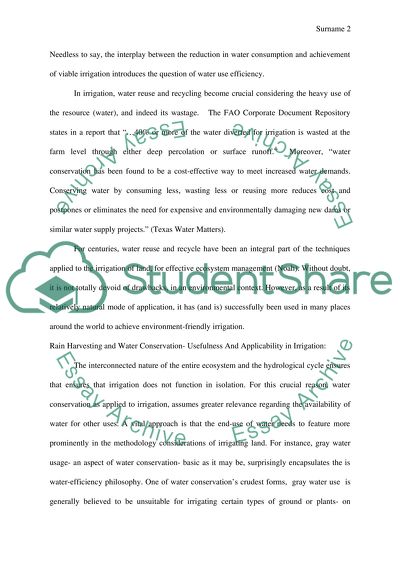Cite this document
(“Irrigation and Water Distribution Research Paper”, n.d.)
Irrigation and Water Distribution Research Paper. Retrieved from https://studentshare.org/miscellaneous/1501477-irrigation-and-water-distribution
Irrigation and Water Distribution Research Paper. Retrieved from https://studentshare.org/miscellaneous/1501477-irrigation-and-water-distribution
(Irrigation and Water Distribution Research Paper)
Irrigation and Water Distribution Research Paper. https://studentshare.org/miscellaneous/1501477-irrigation-and-water-distribution.
Irrigation and Water Distribution Research Paper. https://studentshare.org/miscellaneous/1501477-irrigation-and-water-distribution.
“Irrigation and Water Distribution Research Paper”, n.d. https://studentshare.org/miscellaneous/1501477-irrigation-and-water-distribution.


